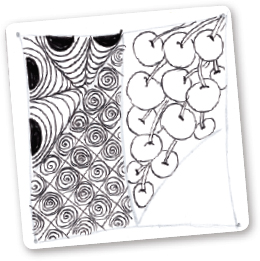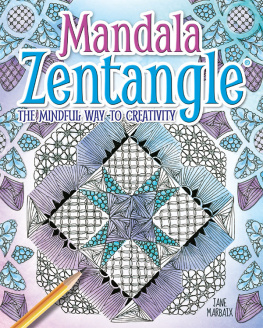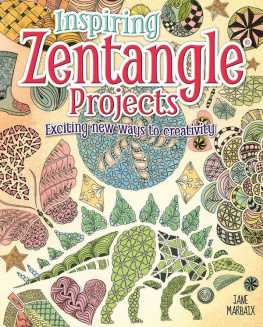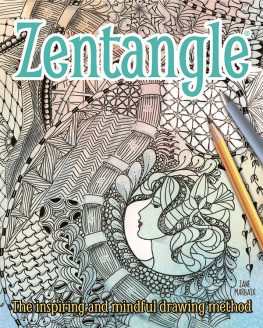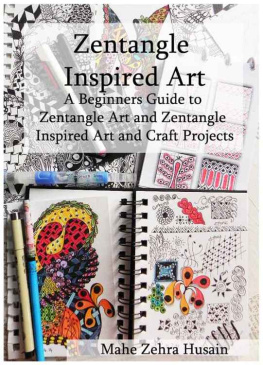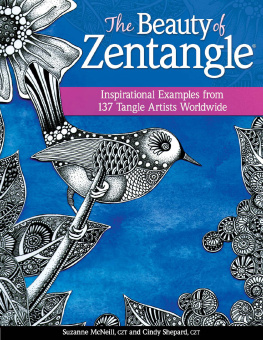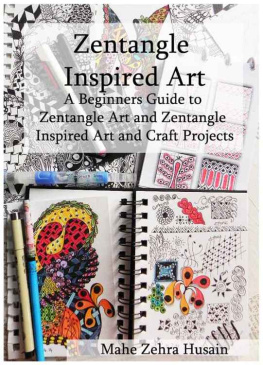

Acknowledgment:
My thanks to the many CZTs worldwide and friends who contributed to this book.
Zentangle, the Zentangle logo, Anything is possible one stroke at a time, Bijou, Certified Zentangle Teacher, CZT, Zentangle Apprentice, and Zentomology are trademarks, service marks or certification marks of Rick Roberts, Maria Thomas, and/or Zentangle, Inc.
PERMISSION TO COPY ARTWORKS: The written instructions, designs, patterns and projects in this book are intended for the personal use of the reader and may be reproduced for that purpose only. Any other use, especially commercial use, is forbidden under law without the written permission of the copyright holder.
Dreamweaver stencils are available from www.woodware.co.uk and www.stampendous.com

This edition published in 2015 by Arcturus Publishing Limited
26/27 Bickels Yard, 151153 Bermondsey Street,
London SE1 3HA
Copyright Arcturus Holdings Limited
All rights reserved. No part of this publication may be reproduced, stored in a retrieval system, or transmitted, in any form or by any means, electronic, mechanical, photocopying, recording or otherwise, without prior written permission in accordance with the provisions of the Copyright Act 1956 (as amended). Any person or persons who do any unauthorised act in relation to this publication may be liable to criminal prosecution and civil claims for damages.
ISBN 978-1-78428-172-4
Contents
The philosophy of Zentangle
The Zentangle mantra is Anything is possible, one stroke at a time a philosophy that both inspires confidence and instils a sense of calm. This form of art is one that can be practised successfully by everyone, for even if you think you have no drawing skills you will soon discover that you can achieve lovely results. One of the keys to Zentangle art is always to relax and take your time; the focus is on the present moment, never on the result. It is all about the journey, not the destination.
The Zentangle method was created by Maria Thomas, a talented lettering and botanical artist, and Rick Roberts, the zen of the partnership, having lived as a monk for a period of his life. Rick noticed that while Maria was working she was in a very calm, focused state, so they set about breaking down the patterns they created in an easy-to-follow format so that anyone could create beautiful images by repeating the patterns, known as tangles. Thus, the Zentangle method was born.
Zentangle art is created on a tile which is 9 cm (3 in) square. The official Zentangle tile is created from Fabriano Tiepolo paper (available from good art shops and online), but some tanglers just use good-quality card stock. In fact, you can tangle on anything, but good materials make all the difference. An artwork bigger than 9 cm (3 in) square is categorized as Zentangle Inspired Art (ZIA).
You can begin making tangles with just a soft pencil, an 01 (0.25 mm) black pen (my preference is for Sakura Pigma Micron) and a blending stump, also known as a tortillon. An 08 (0.50 mm) pen or Pigma Graphic 1 is ideal for darker areas. I also use stencils and rubber stamps, and for this book a compass and protractor are handy. A good starting point is the kit available from www.zentangle.com.
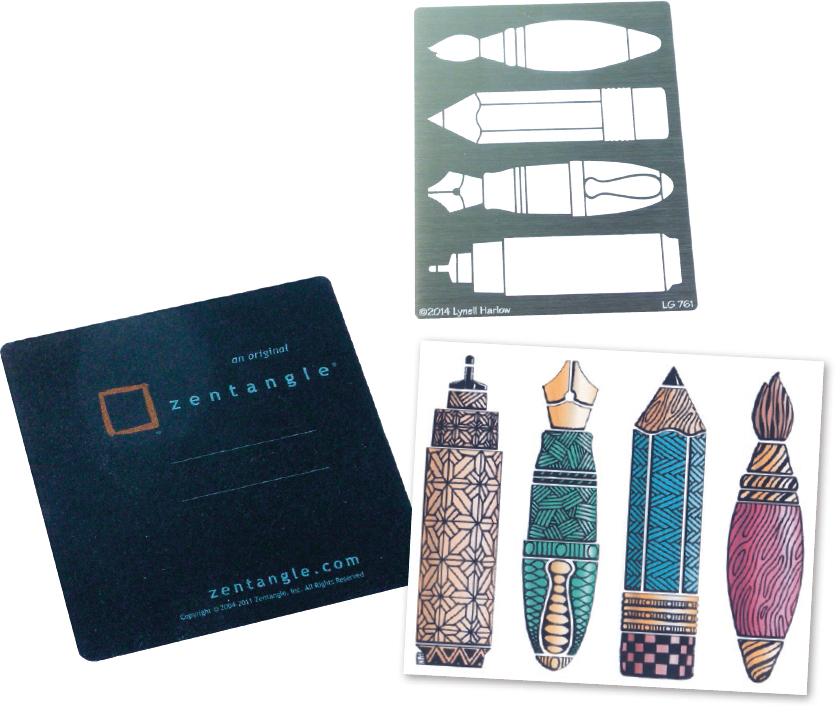
Dreamweaver metal stencils come in a wide range of amazing designs, created by Lynell Harlow.
Her husband, Wayne, has done the most beautiful work transforming them.
What is a mandala?
The word mandala is Sanskrit and can be loosely translated as circle. A mandala is regarded as a sacred circle representing wholeness. There are plenty of books on mandalas if you want to study the subject in depth; the aim of this book is to introduce the Zentangle equivalent of the mandala, which is called a Zendala. A true mandala is divided into sections, with the same pattern repeated in each section, and while a Zendala may be formed that way it need have no boundaries or set form. Just drawing a string within the circle and filling each space with a pattern will produce something you can admire, making this a fun and easy way to create a Zendala.
Zentangle is a mindful way of self-expression that lends itself to the creation of imagery that aids meditation or at the very least puts the maker into a very calm state of mind. Tangling enables us to create a safe and joyful inner space even when real life may be confronting us with challenges that we are having difficulty coping with. It does not matter if you are not interested in the spiritual side of mandalas or, indeed, creating true mandalas making a circular design is a enjoyable way to create an artwork that is pleasing to the eye. It is easy to rotate a circle while you work on it, too.
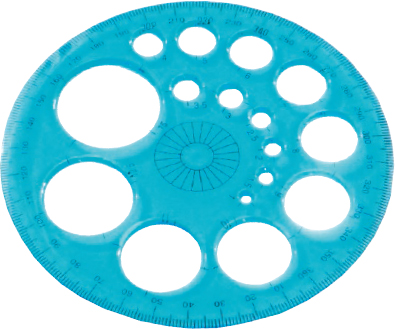
A protractor is a useful tool for creating mandalas. The inner circle of the Zendala below was made with the help of one.
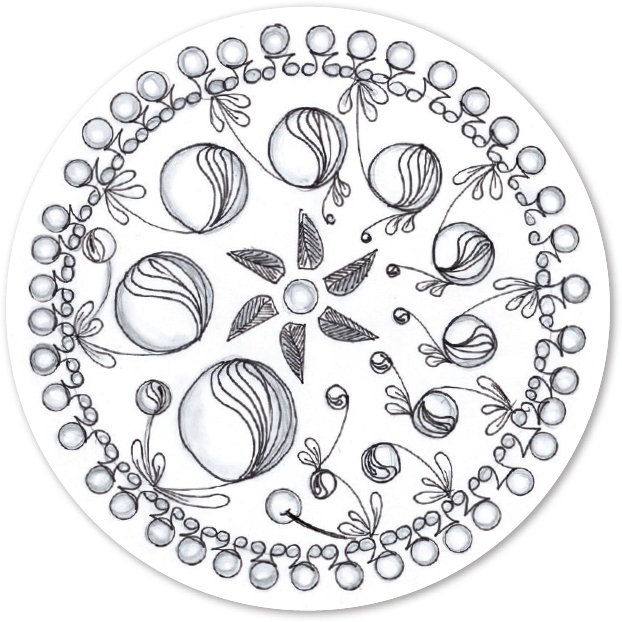
Getting started with tangles
In the Zentangle method, tangles (patterns) are broken down into simple steps so that it is easy to re-create each tangle. Each tile (or square piece of card) is divided into spaces by strings and each space will have a different tangle in it. There are many tangles to choose from. In the tiles below, Crescent Moon, Tortuca, Poke Root and Tipple are used, all of them original Zentangle patterns created by Rick Roberts and Maria Thomas or their daughter, Molly Hollibaugh.
Tile No. 1 with Z string
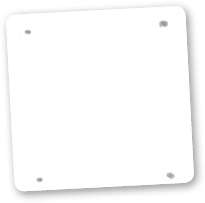
Using your pencil, draw a dot in each corner of the tile.
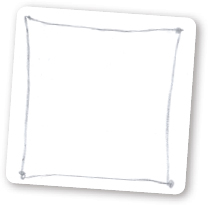
Join up the dots lightly with your pencil to form a border (this line does not need to be straight).
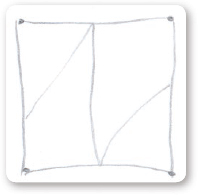
Draw a pencil line, known as a string, to create spaces within the tile. Here we shall draw a string in the shape of a Z.
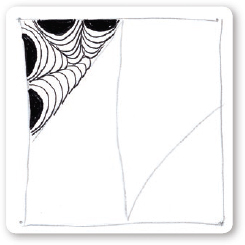
Now take your pen (Sakura Pigma Micron 01 black), choose a tangle and fill one of the spaces you have created. The first tangle used here is Crescent Moon, put in the top left-hand corner space.
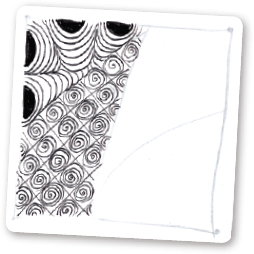
Next, draw Tortuca.
